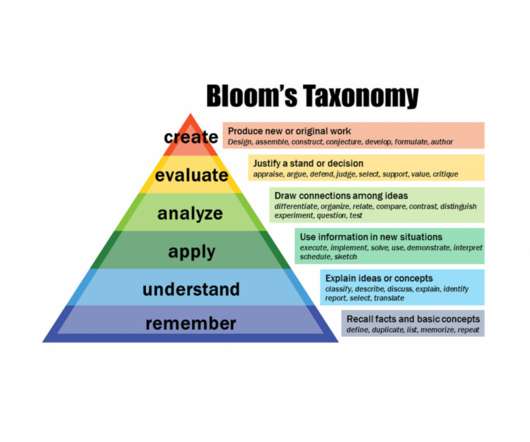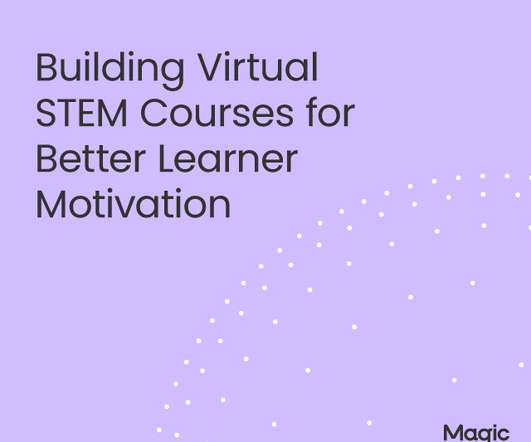Learning Objectives: Who Cares?
Innovative Learning Group
APRIL 9, 2024
What Really Matters When Documenting Course Goals When I started in the world of L&D, one of the biggest shocks I had was the battle over the learning objective. I had moved from my life as a small-town newspaper reporter to a supporting role on an e-learning development team. But now I find myself wondering, “Who cares?”
















































Let's personalize your content